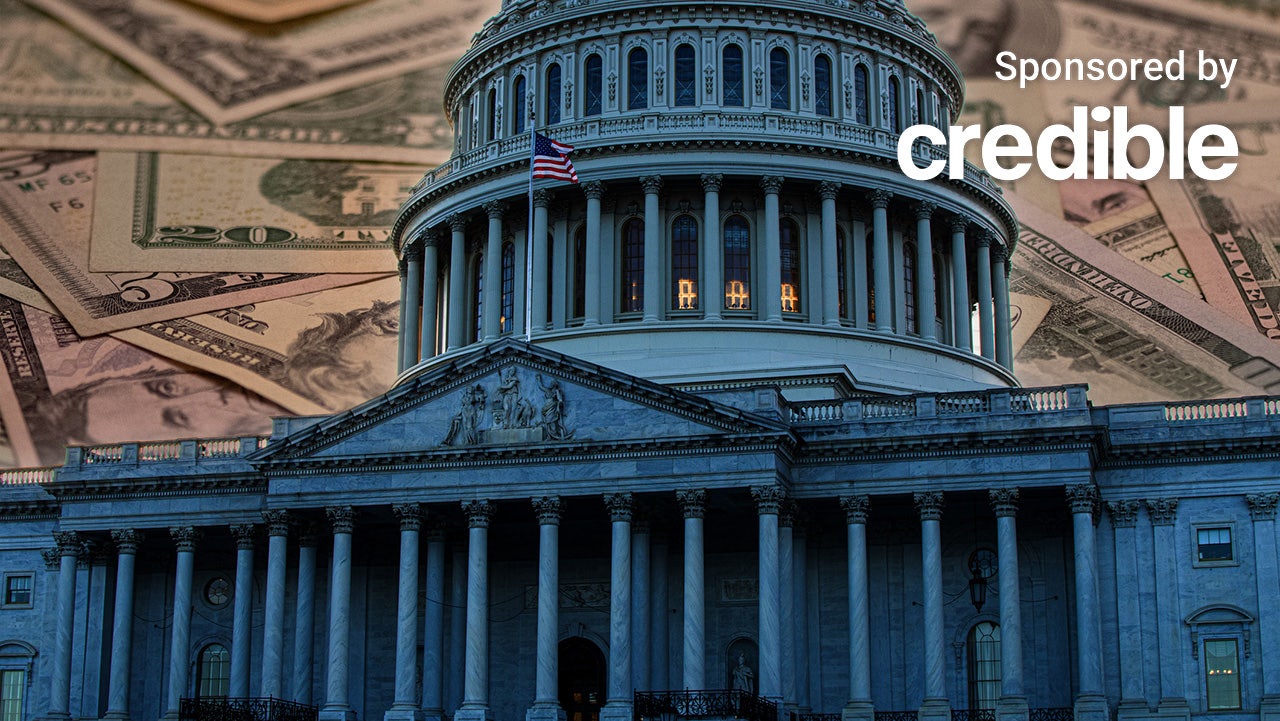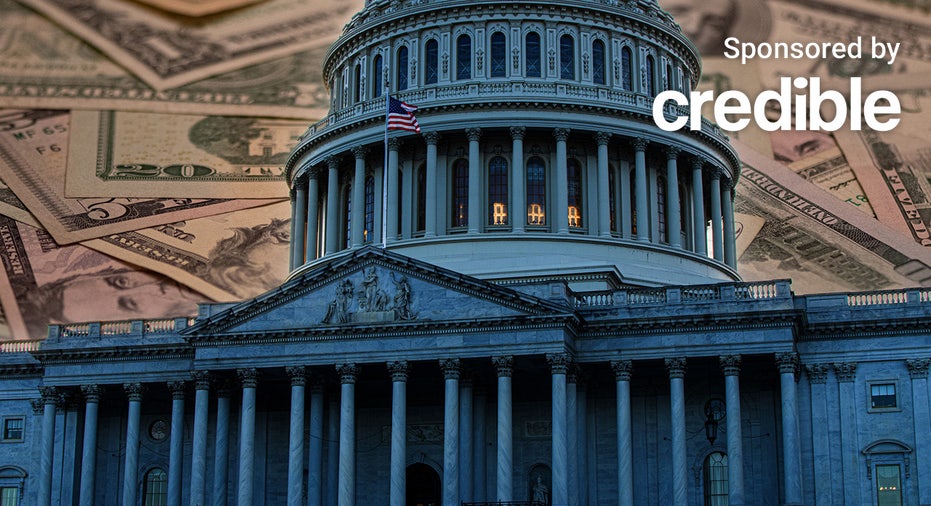78,000 public service workers qualify for this new round of forgiveness. (iStock)
More student loan forgiveness is here, this time for 78,000 public service workers. Nurses, teachers, firefighters and a large array of other workers qualify for President Biden’s $6 billion in forgiveness, the White House recently announced.
Due to fixes to the Public Service Loan Forgiveness (PSLF) program, workers that never received forgiveness are now having their debts partially forgiven or canceled. Only about 7,000 public service borrowers received forgiveness prior to the Biden Administration, now that total hovers closer to 870,000, the announcement said.
This forgiveness comes on the tail of other educational fixes the Biden Administration says it has implemented.
“Today’s announcement comes on top of the significant progress we’ve achieved for students and student loan borrowers in the past few years,” the announcement stated. “This includes: providing the largest increases in Pell Grants in over a decade to help families who earn less than roughly $60,000 a year; fixing Income-Driven Repayment plans so borrowers in repayment for years get the relief they earned; and creating the most generous Income-Driven Repayment plan in history – the SAVE plan.”
If you have private student loans, this federal relief doesn’t apply to you, unfortunately. If you want to lower your monthly payments and ease the burden of student loan debt, consider refinancing. You can easily check your loan rate options via the online marketplace Credible.
THESE 10 STATES HAVE GOTTEN THE MOST STUDENT LOAN FORGIVENESS UNDER BIDEN’S SAVE PLAN
Older generations still paying student loans risk losing Social Security
A recent group of representatives wrote a letter to Congress, hoping to address the issue of seniors still paying down student loans. Currently, under the Treasury Offset Program (TOP), the government can collect funds, such as tax refunds and Social Security, to pay outstanding student loan balances.
“Under the TOP, the federal government can withhold up to 15 percent of monthly Social Security or disability benefits for defaulted student loans,” the lawmakers explained in their letter.
This program leaves millions of older Americans at risk of losing vital income. Democratic representatives urged the Biden administration to act. The letter had 30 total signatures from other Democratic leaders.
“Given alarming reports exposing the crushing impact of offsets on older Americans dependent on Social Security, we urge you to consider seeking an end to administrative offset of student loan debts for all Social Security benefits,” the letter said.
To see if you can qualify for lower interest rates, an online tool like Credible can help you compare student loan refinancing rates from multiple lenders.
STUDENT LOAN PAYMENTS HINDER RETIREMENT SAVINGS – HERE’S HOW EMPLOYERS ARE HELPING
Time is running out for borrowers to apply for forgiveness
For students who want to take advantage of student loan forgiveness, the expanded timeline is coming to an end on April 30.
To earn forgiveness, the following loan types must be consolidated into a Federal Direct Loan:
- Commercially held Federal Family Education Loan (FFEL)
- Parent PLUS loans
- Perkins loans
- Health Education Assistance Loan (HEAL) Program loans
Once consolidated, borrowers with Direct Loans will receive at least three years of credit towards loan forgiveness. Some may see their loans forgiven automatically if they’ve been making payments long enough. This adjustment is intended to help borrowers who were due to receive forgiveness in the past, but never did. The adjustment is set to take place through the end of July, so borrowers should see the credit reflected by then.
If you can qualify for a student loan refinance at a lower rate than you’re currently paying, there are few downsides to refinancing. You can use Credible to compare student loan refinancing rates without affecting your credit score.
SOME STUDENT LOAN FORGIVENESS PROGRAMS ARE SET TO END THIS YEAR – HERE’S WHAT TO DO IF THIS AFFECTS YOU
Have a finance-related question, but don’t know who to ask? Email The Credible Money Expert at [email protected] and your question might be answered by Credible in our Money Expert column.

 Personal Finance1 week ago
Personal Finance1 week ago
 Blog Post1 week ago
Blog Post1 week ago
 Economics5 days ago
Economics5 days ago
 Economics1 week ago
Economics1 week ago
 Accounting6 days ago
Accounting6 days ago
 Personal Finance1 week ago
Personal Finance1 week ago
 Economics6 days ago
Economics6 days ago
 Personal Finance5 days ago
Personal Finance5 days ago












